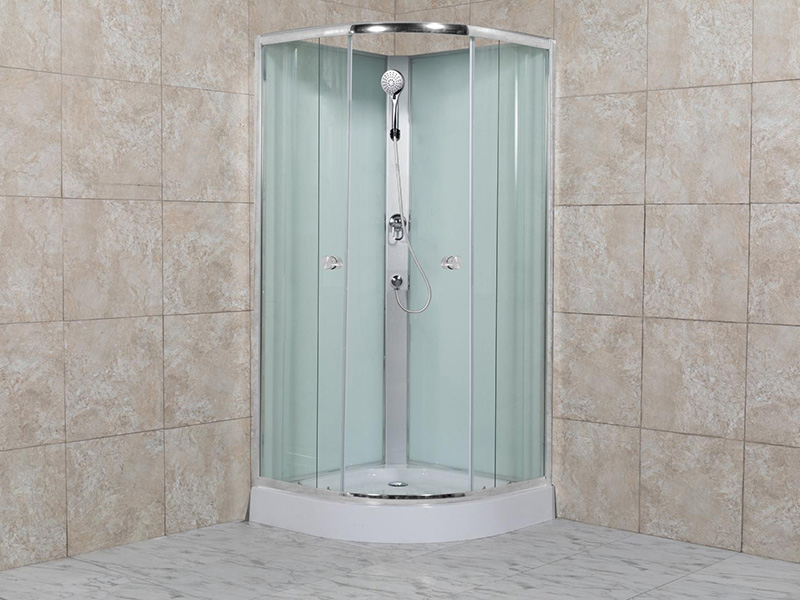Product Consultation
Your email address will not be published. Required fields are marked *
The structural design of a shower cabin plays a crucial role in its thermal and sound insulation capabilities. Effective insulation enhances user comfort and privacy while also improving energy efficiency. Here’s an exploration of how various design elements influence these insulation properties.
Enclosed shower cabins with solid walls typically provide better thermal insulation by preventing heat loss and maintaining water temperature. In contrast, open designs may allow heat to escape more readily, leading to less efficient temperature control.
Curved designs can create a more seamless structure, which minimizes joints and potential gaps that might otherwise allow heat and sound to escape. This can enhance both thermal and acoustic insulation.
The choice of materials used in the walls and base can significantly affect insulation. Materials with lower thermal conductivity, such as certain composites or insulated panels, can help retain heat better than standard glass or metal.

The thickness of the glass used in the shower door impacts sound insulation. Thicker glass can dampen noise more effectively, while also providing better thermal insulation.
High-quality seals and gaskets around doors and edges are essential for minimizing air leaks. Proper sealing prevents heat loss and limits noise transmission, thereby enhancing both thermal and sound insulation.
Minimizing the number and size of joints in the cabin's construction can reduce areas where heat and sound can escape. A well-designed joint will maintain the integrity of insulation materials.
While adequate ventilation is necessary to prevent mold and maintain air quality, overly large vents can lead to significant heat loss. Designing ventilation that balances airflow with insulation is key to maintaining both comfort and efficiency.
The strategic placement of vents can also influence sound insulation. Vents placed away from common noise sources can reduce sound transmission while allowing for necessary airflow.
A sturdy framework can enhance the overall stability of the shower cabin. This can prevent vibrations that might transmit sound and ensure that insulation materials remain in place, thereby improving thermal performance.
Incorporating sound-dampening materials within the structure can significantly reduce noise. For instance, using acoustic panels in strategic locations can enhance sound insulation.
A properly sloped shower floor facilitates drainage while preventing water accumulation. This design can also improve thermal performance by reducing the risk of cold spots associated with standing water.Using insulated materials for the base can further enhance thermal insulation, ensuring that heat is retained within the cabin.
The structural design of a shower cabin significantly impacts its thermal and sound insulation performance. By considering factors such as shape, material selection, sealing quality, ventilation, structural reinforcement, and base design, manufacturers can create cabins that not only provide a comfortable shower experience but also enhance energy efficiency and privacy. Users should pay close attention to these design elements when selecting a shower cabin to ensure optimal performance and comfort.
What is the role of the transparent glass panel of the Sliding Shower Enclosure in improving space efficiency?
What is the anti-slip performance of the Shower Tray in terms of anti-slip coating and treatment technology?
Your email address will not be published. Required fields are marked *

Keep up-to-date with what’s new at D-MAN
Keep up-to-date with what’s new at D-MAN
No.12 Fuziling Road, Nanling Economic Development Zone, Wuhu City
![]() Tel: +86 13967167585
Tel: +86 13967167585
![]() E-mail: [email protected]
E-mail: [email protected]
Copyright 2023 Anhui D-MAN Smart Home Co., Ltd. All Rights Reserved Shower Enclosures Manufacturers Shower Room Design Custom


 English
English Français
Français عربى
عربى